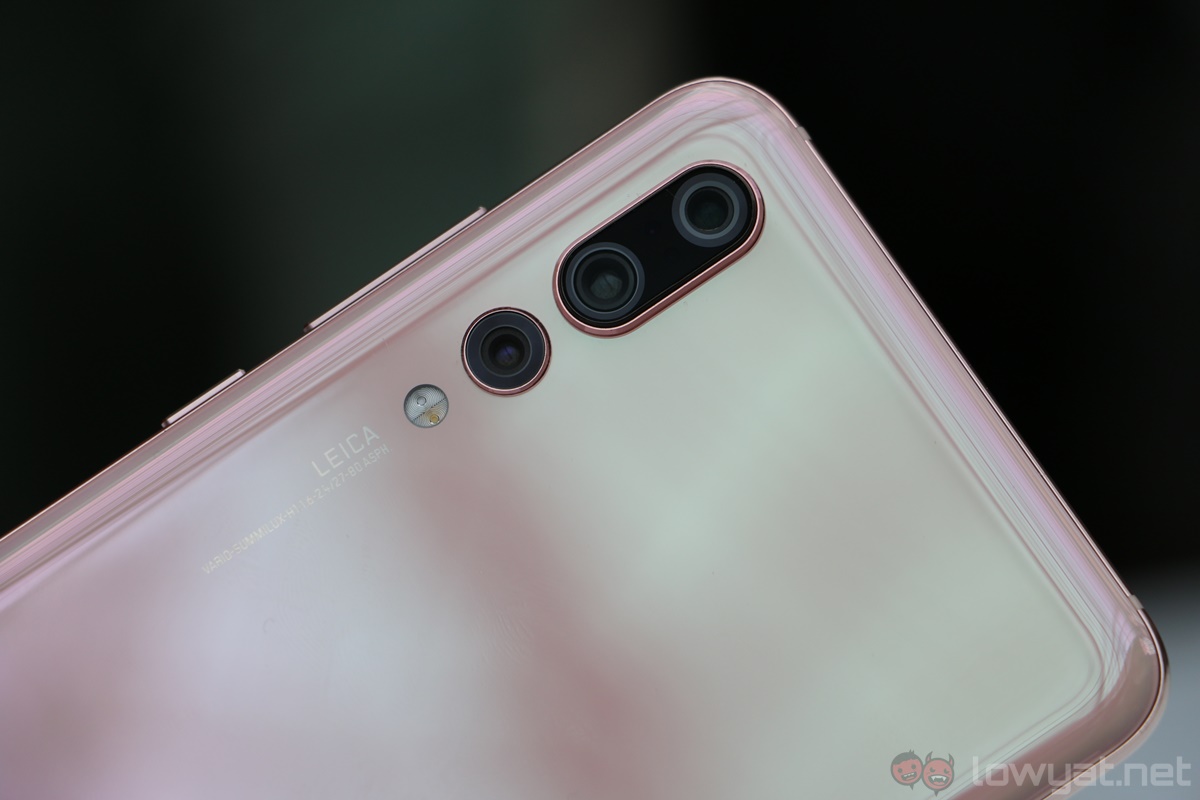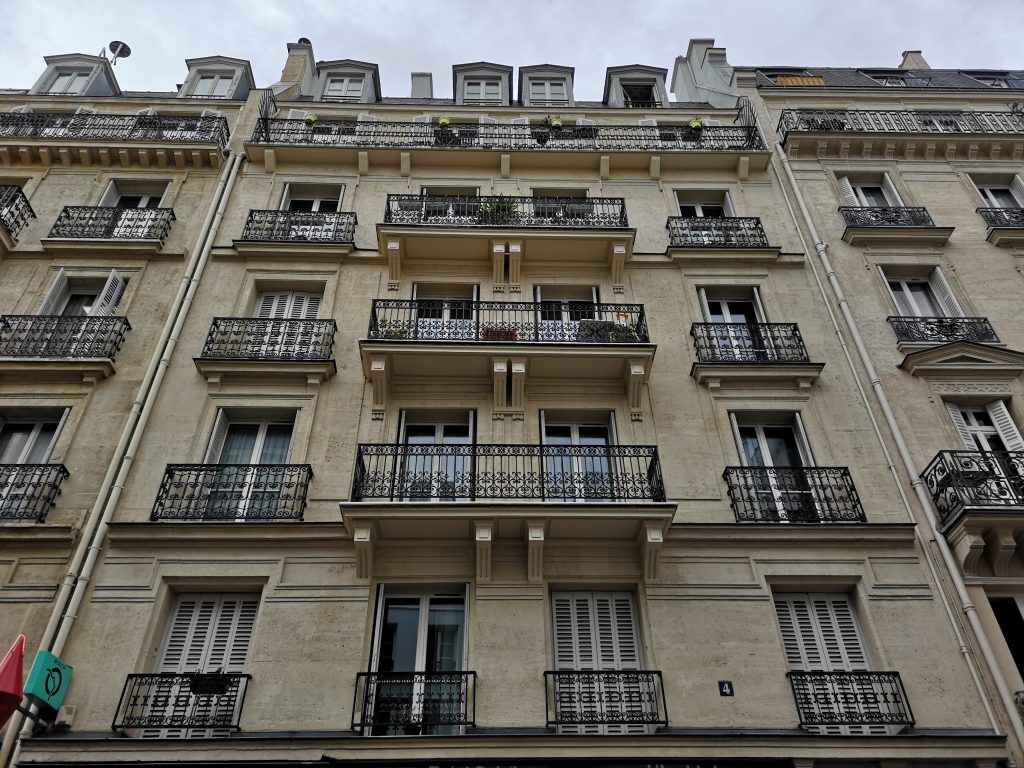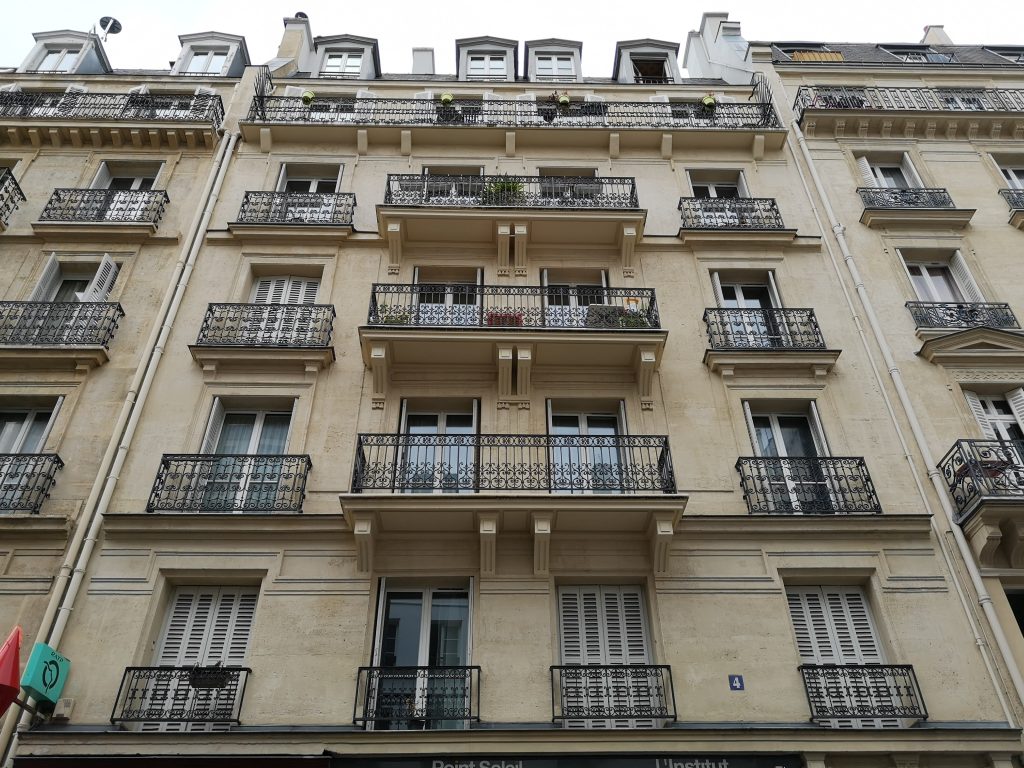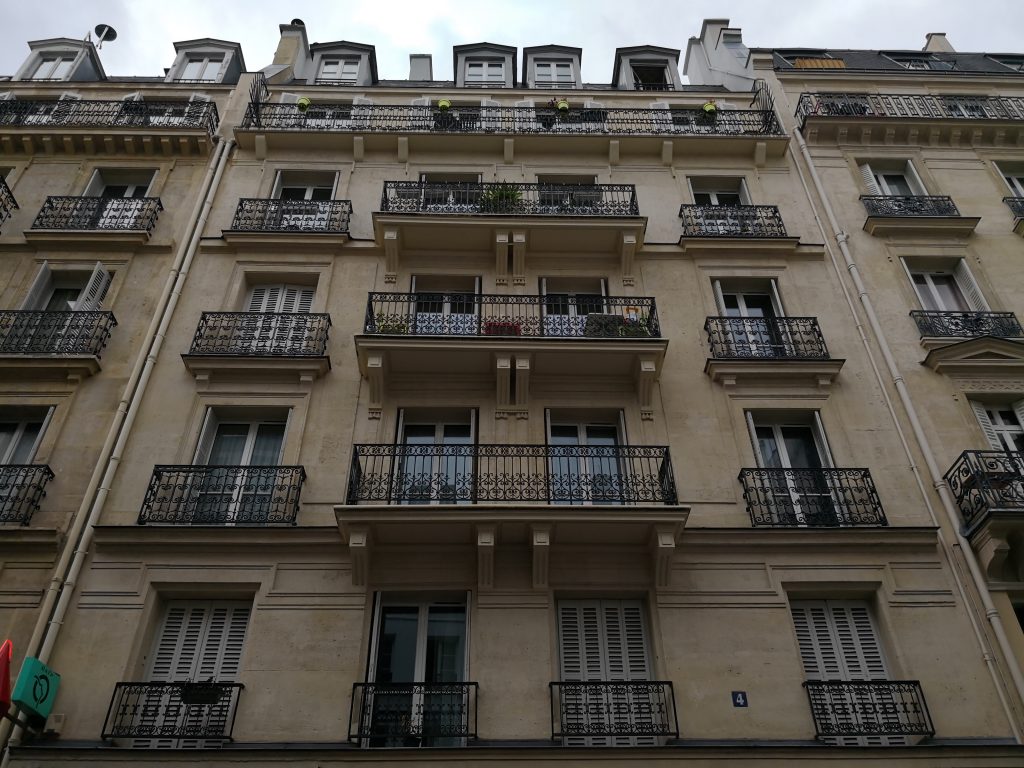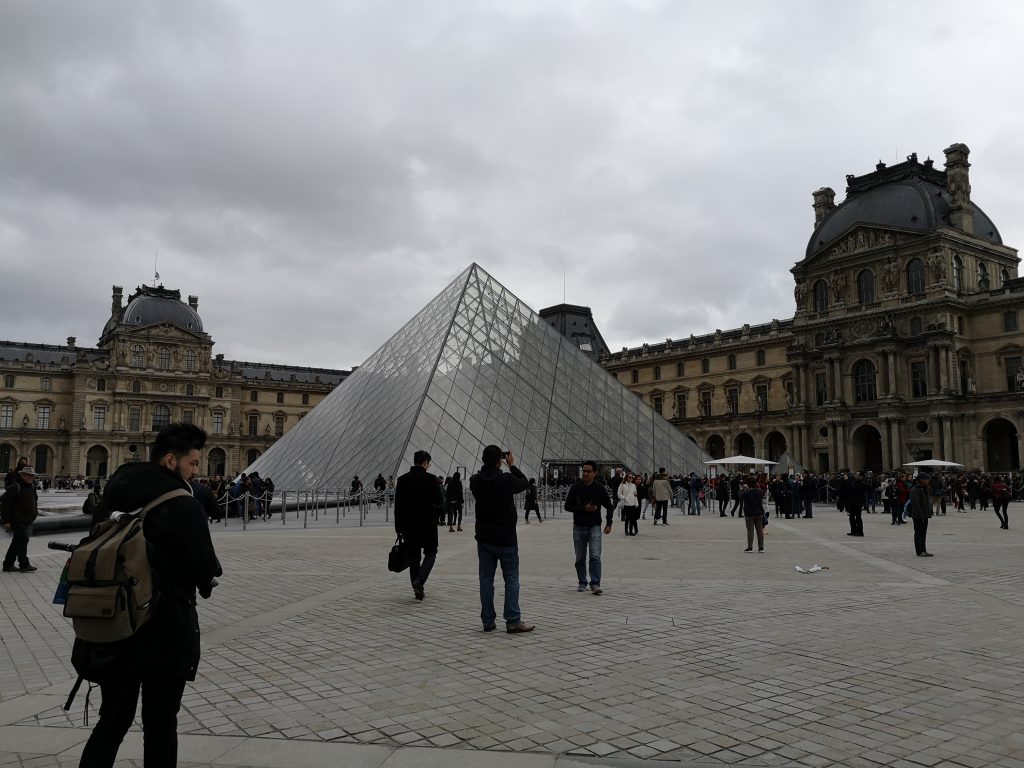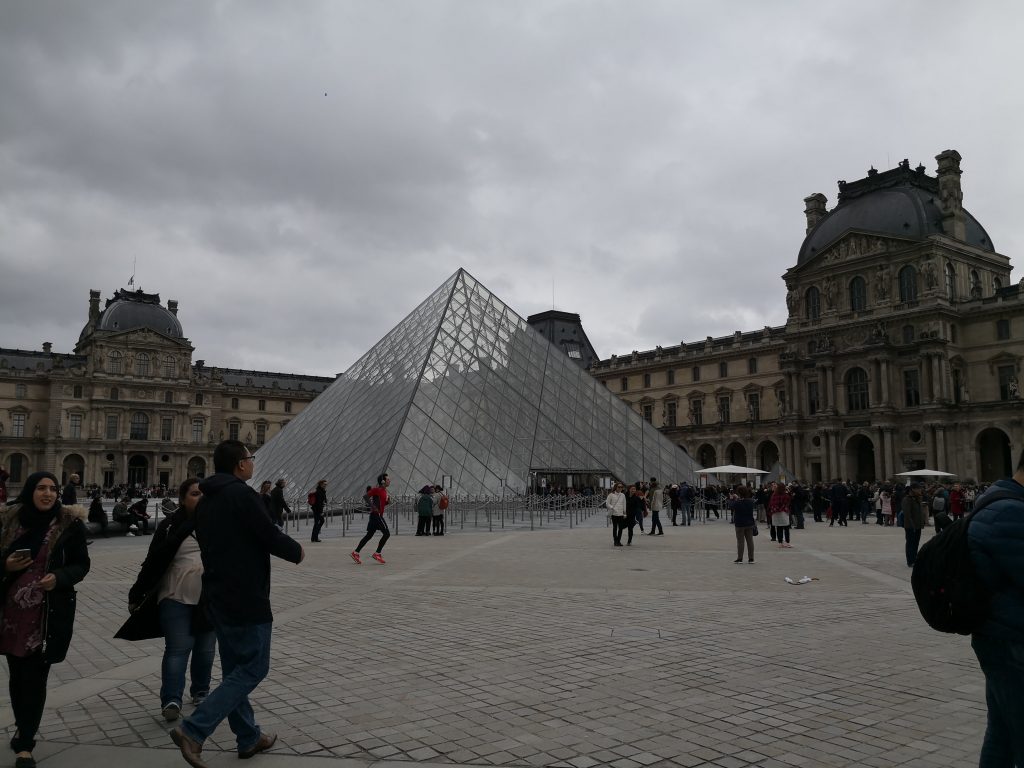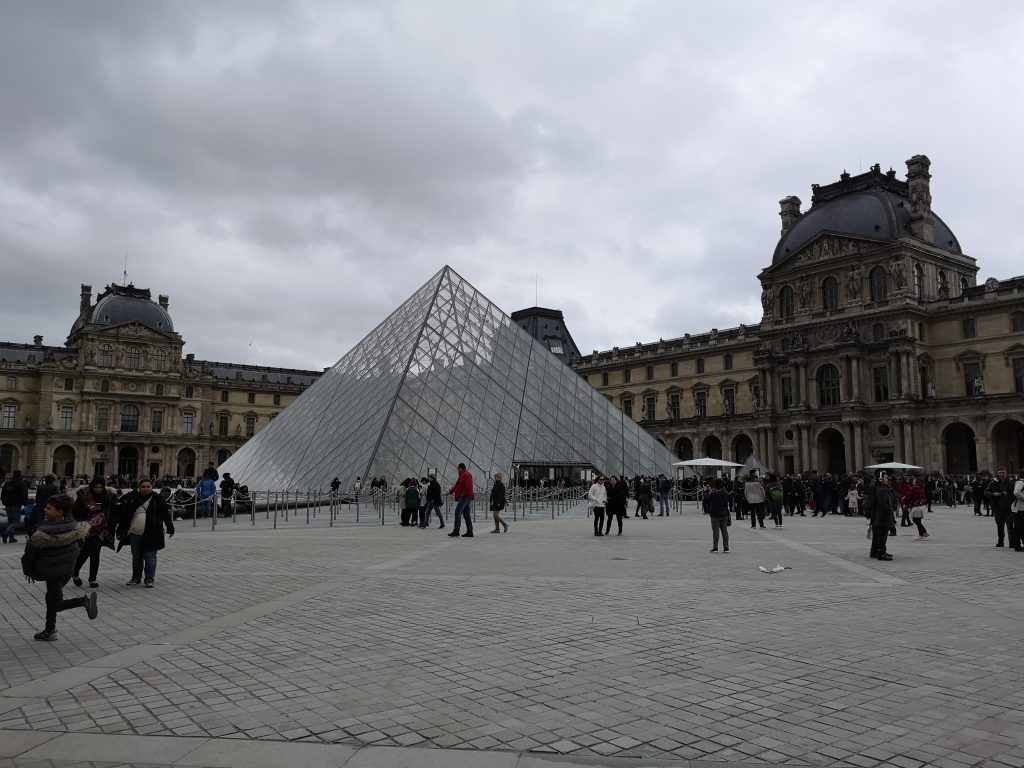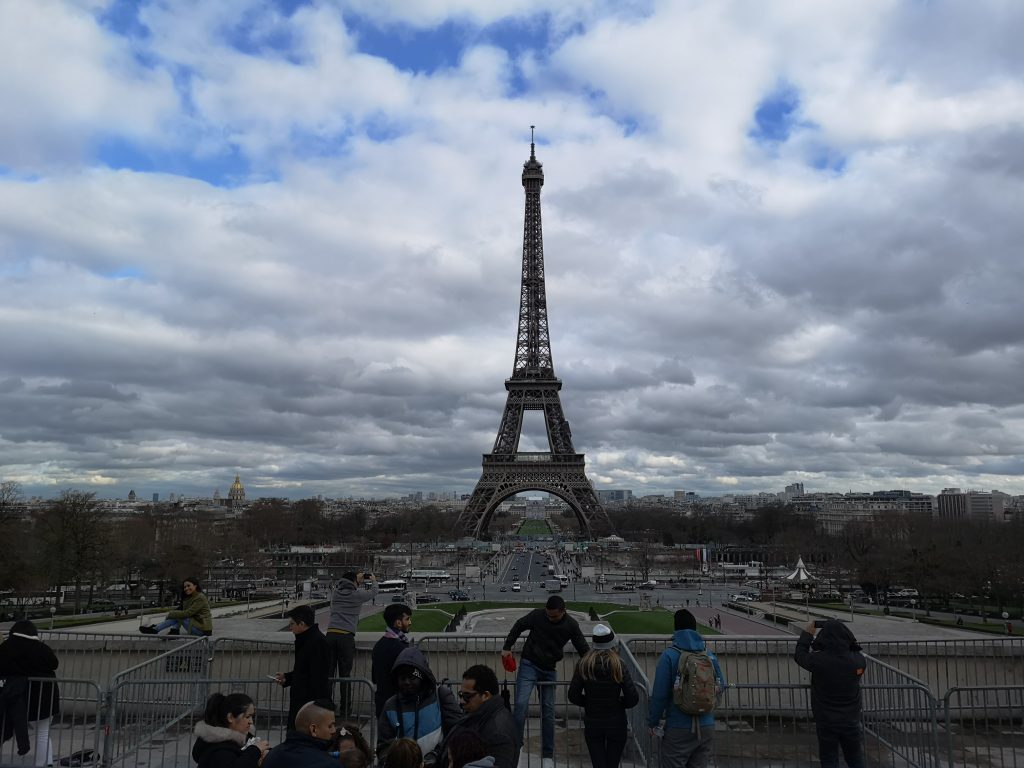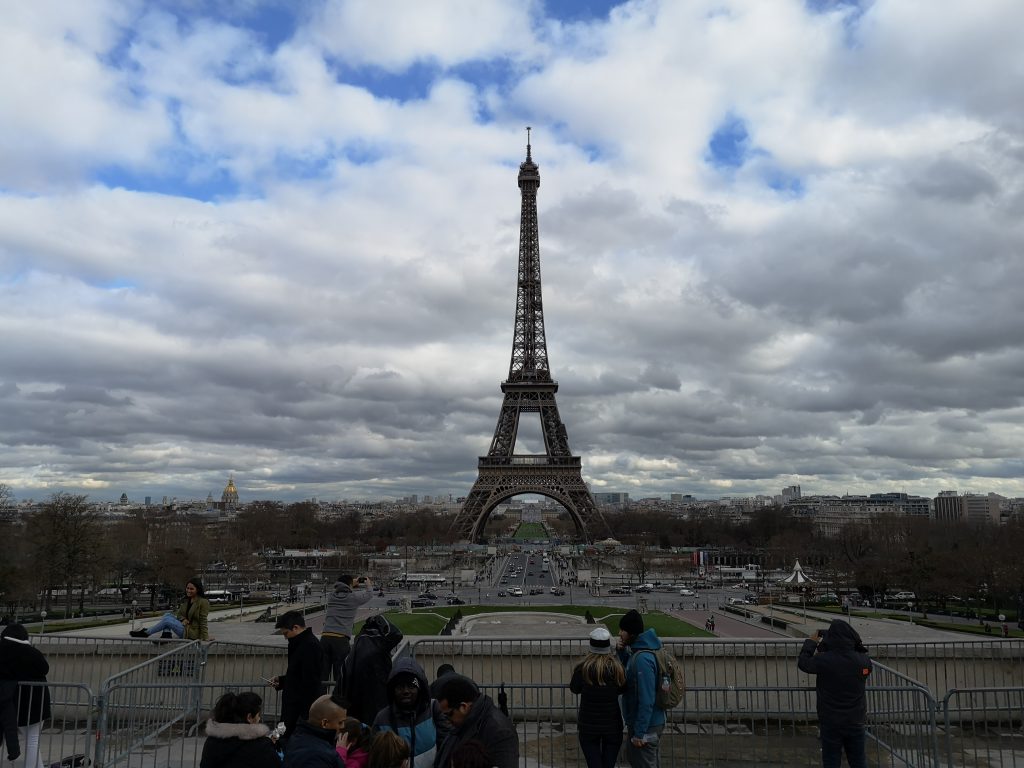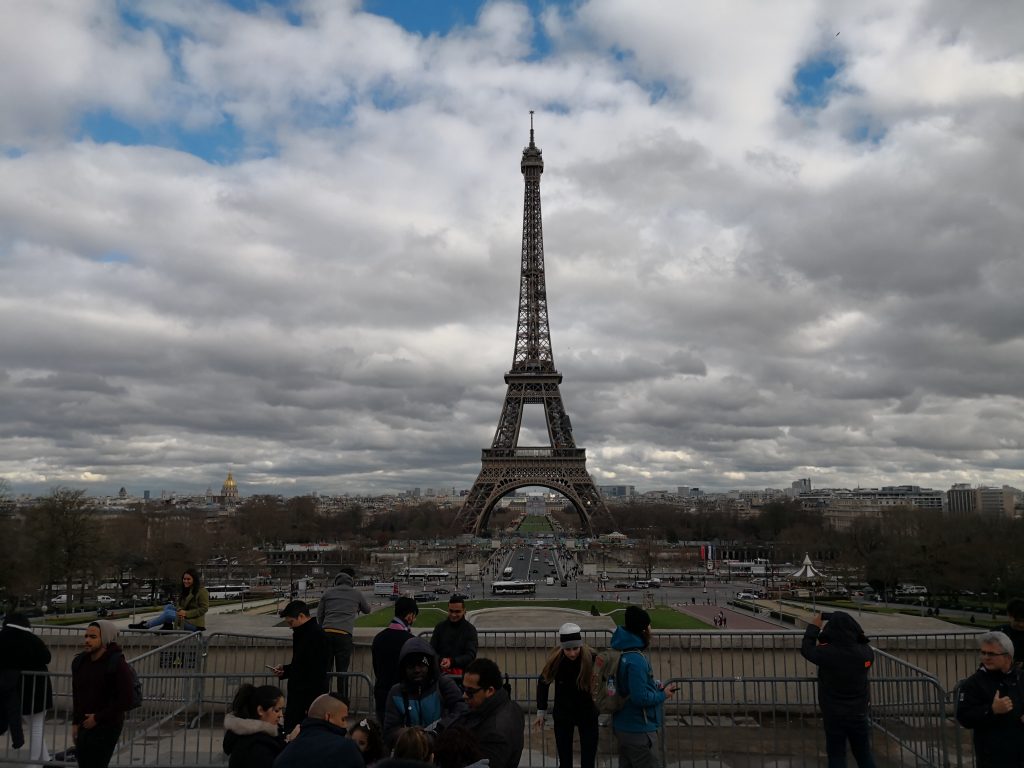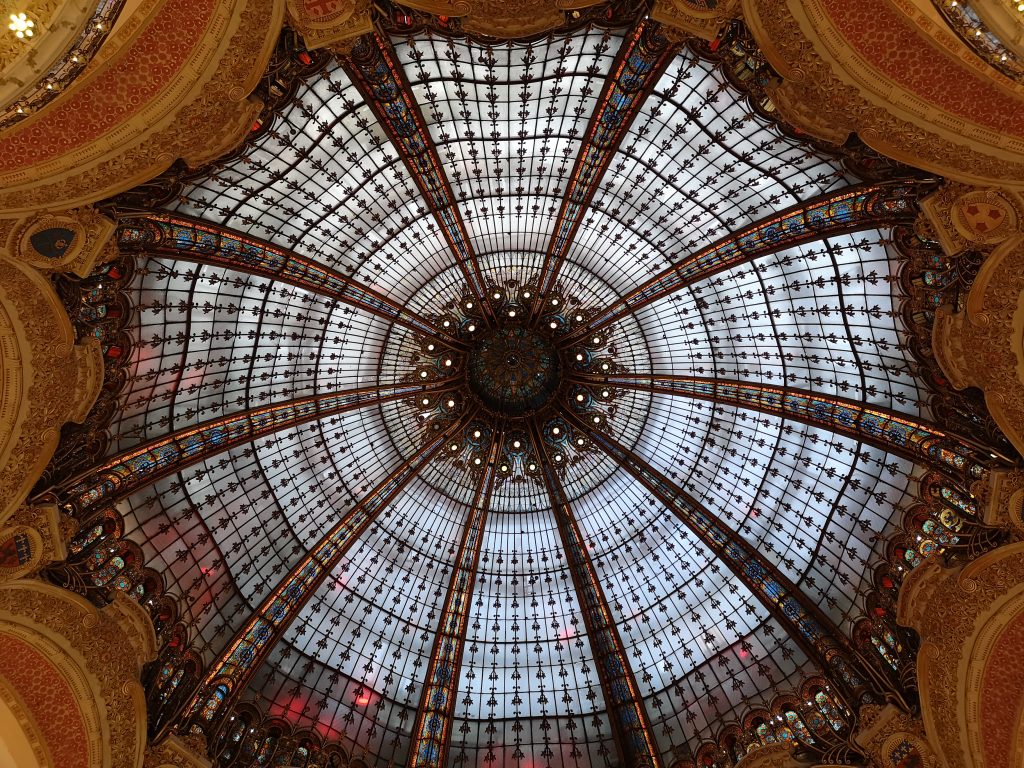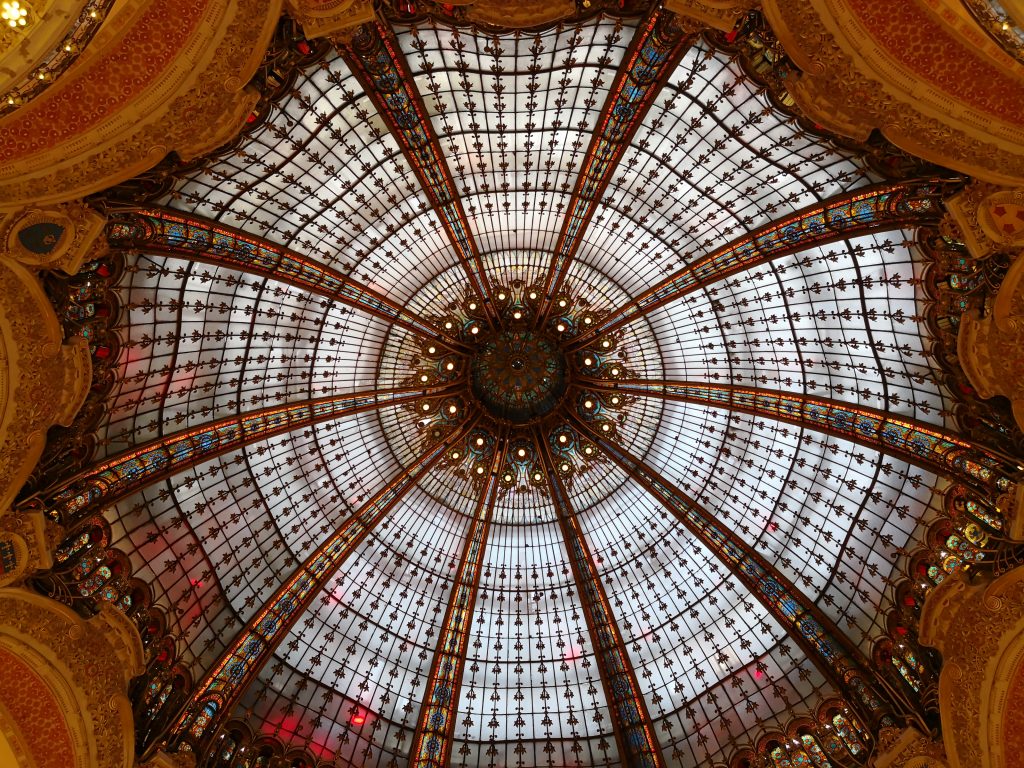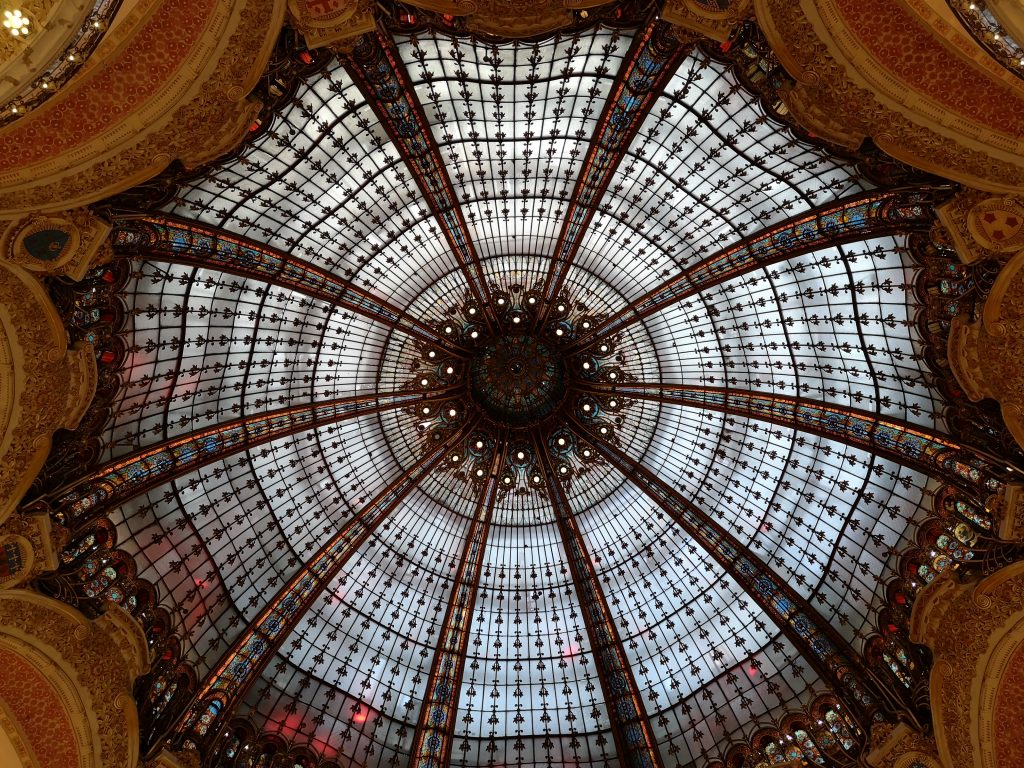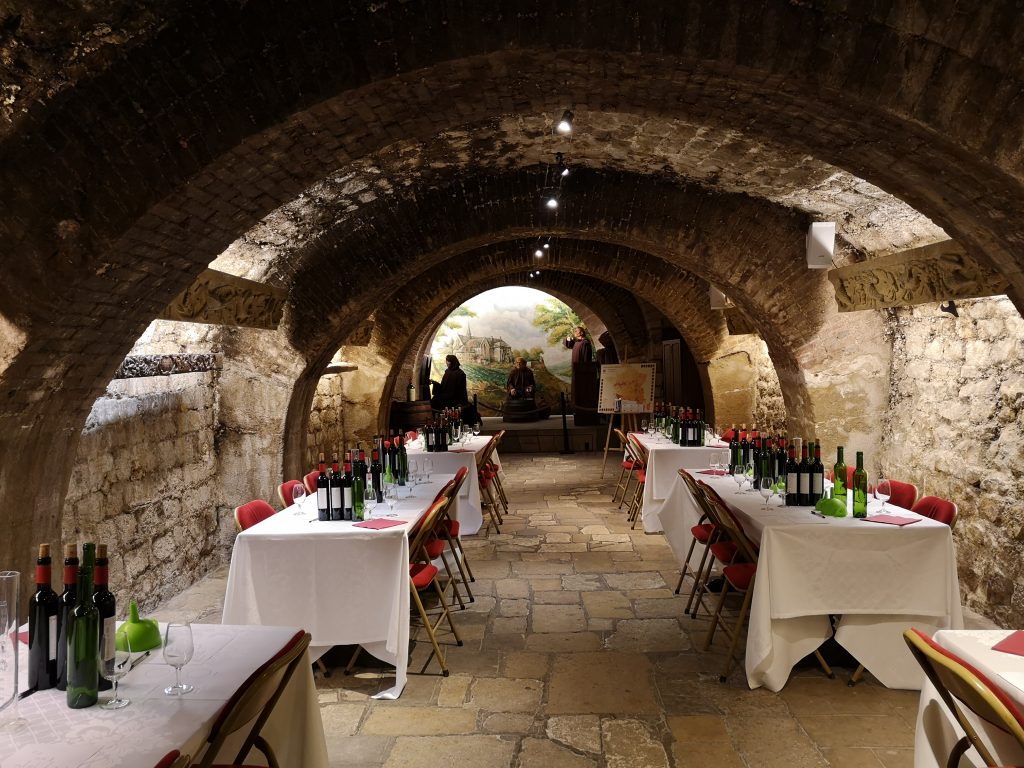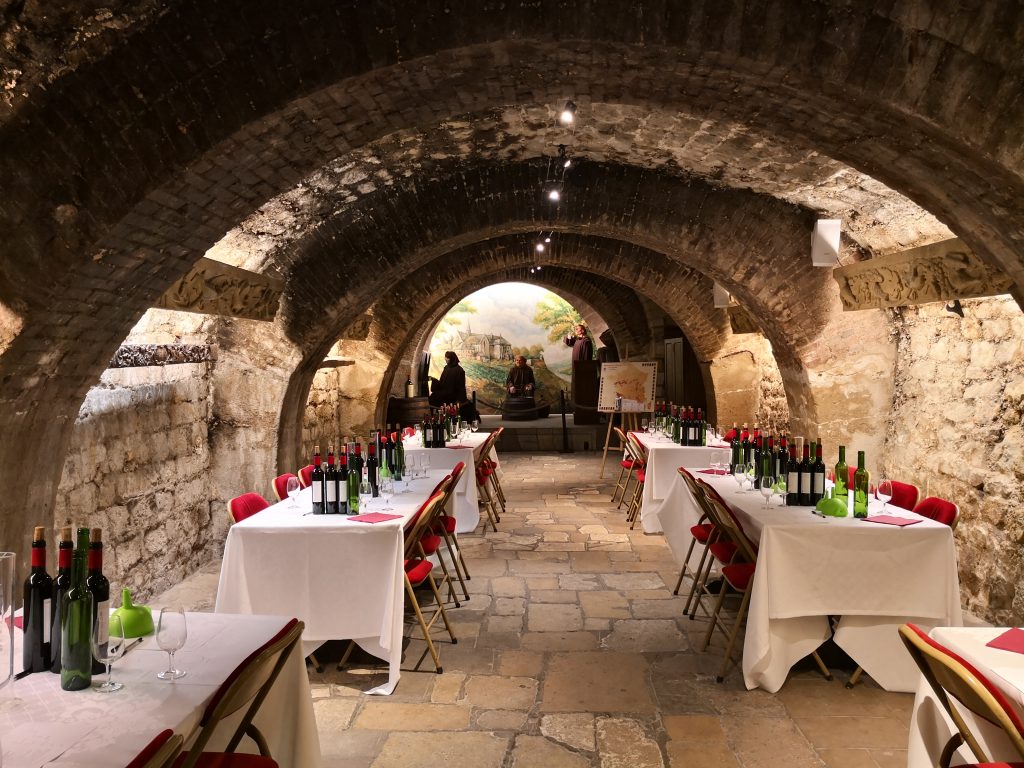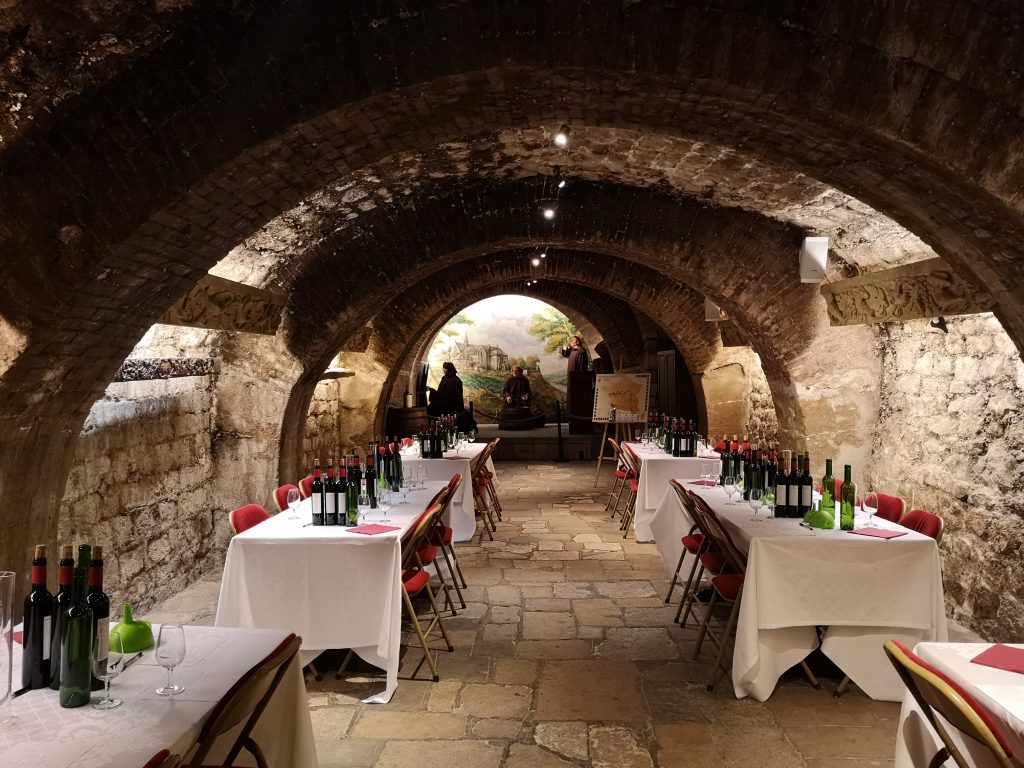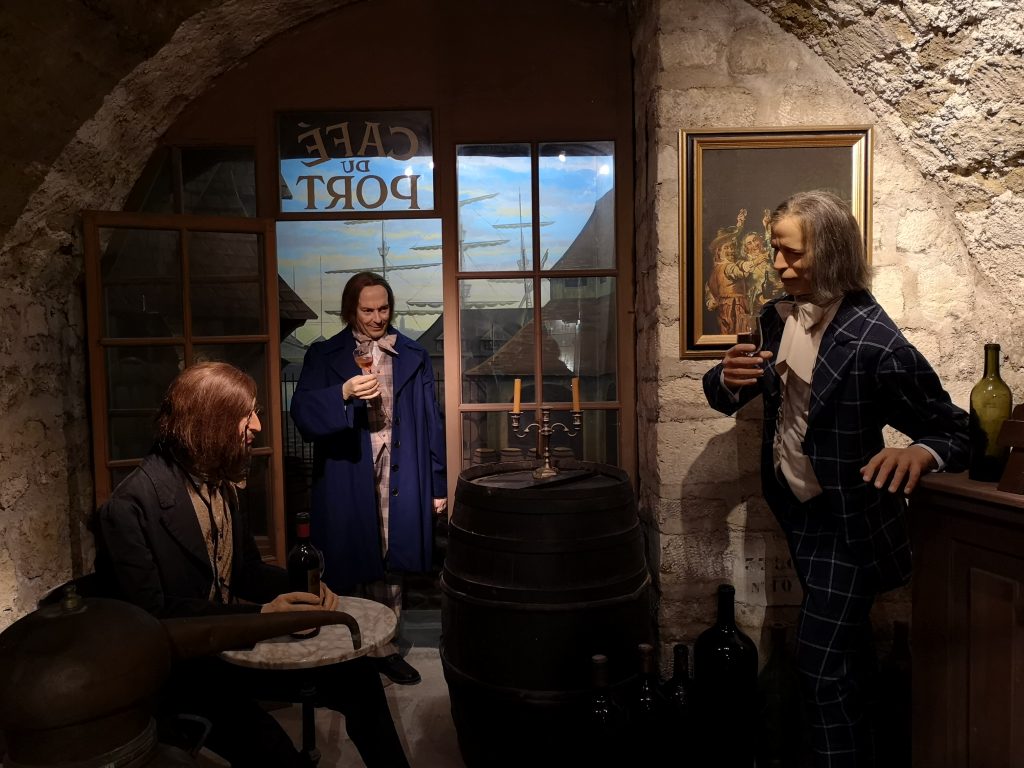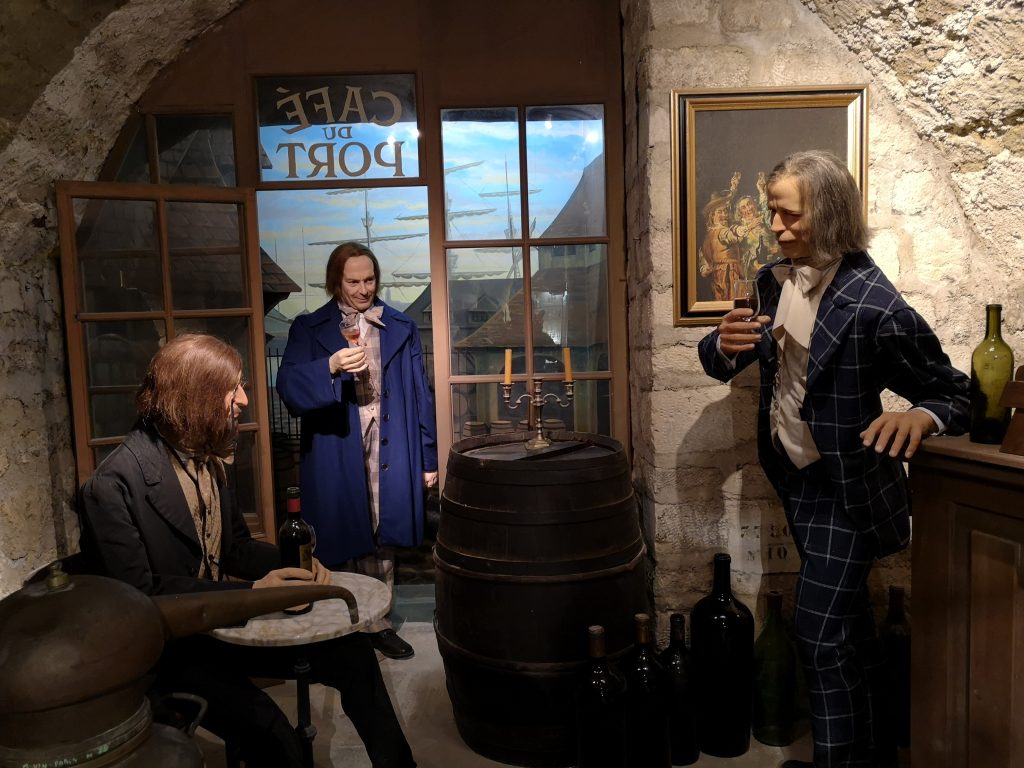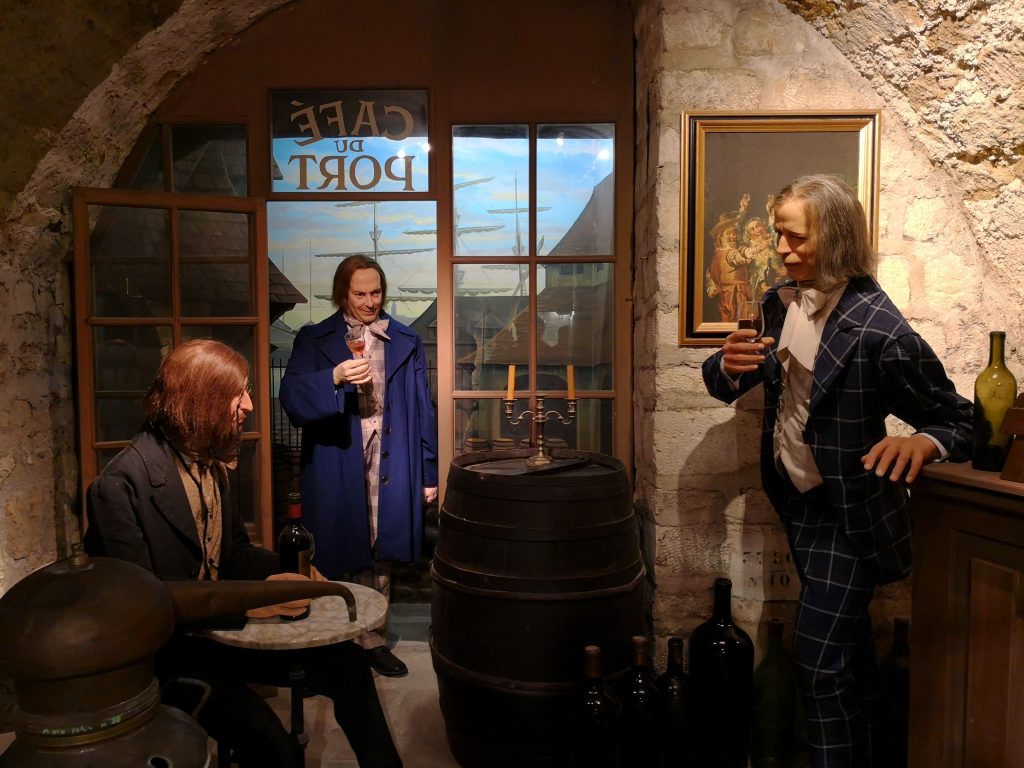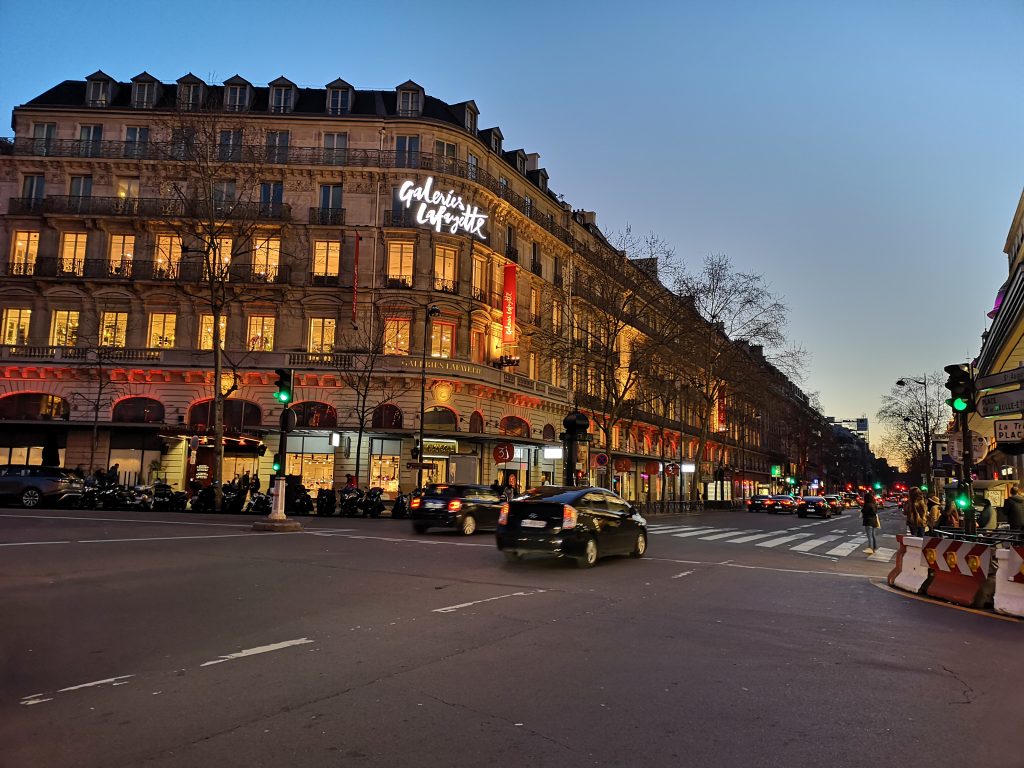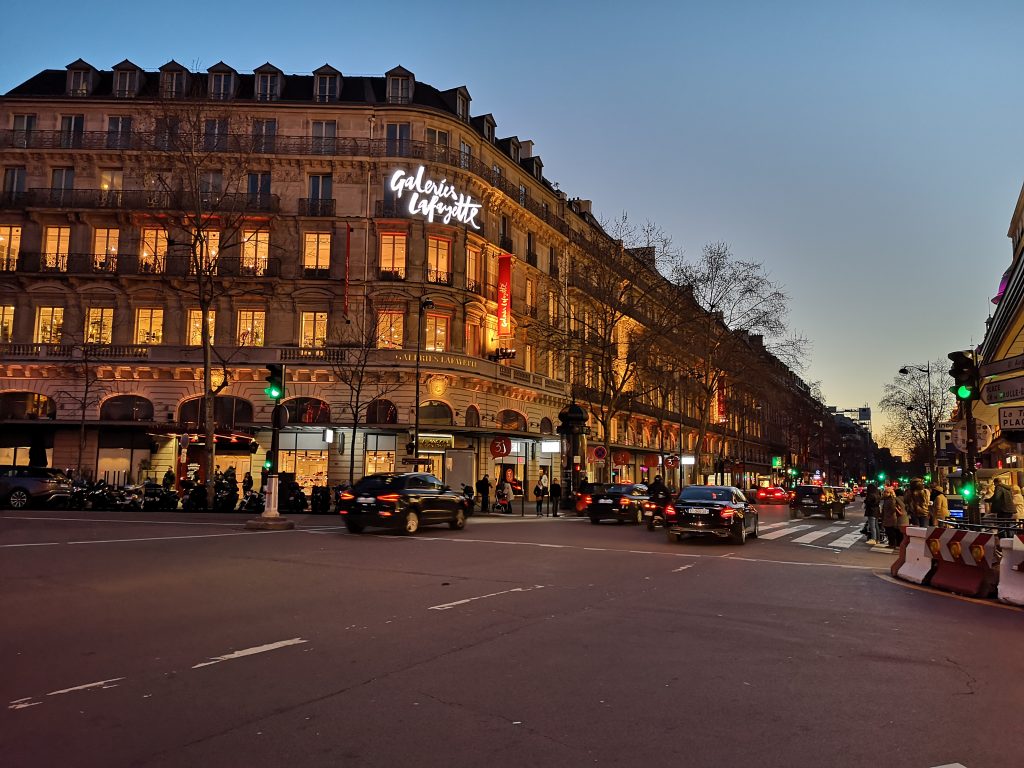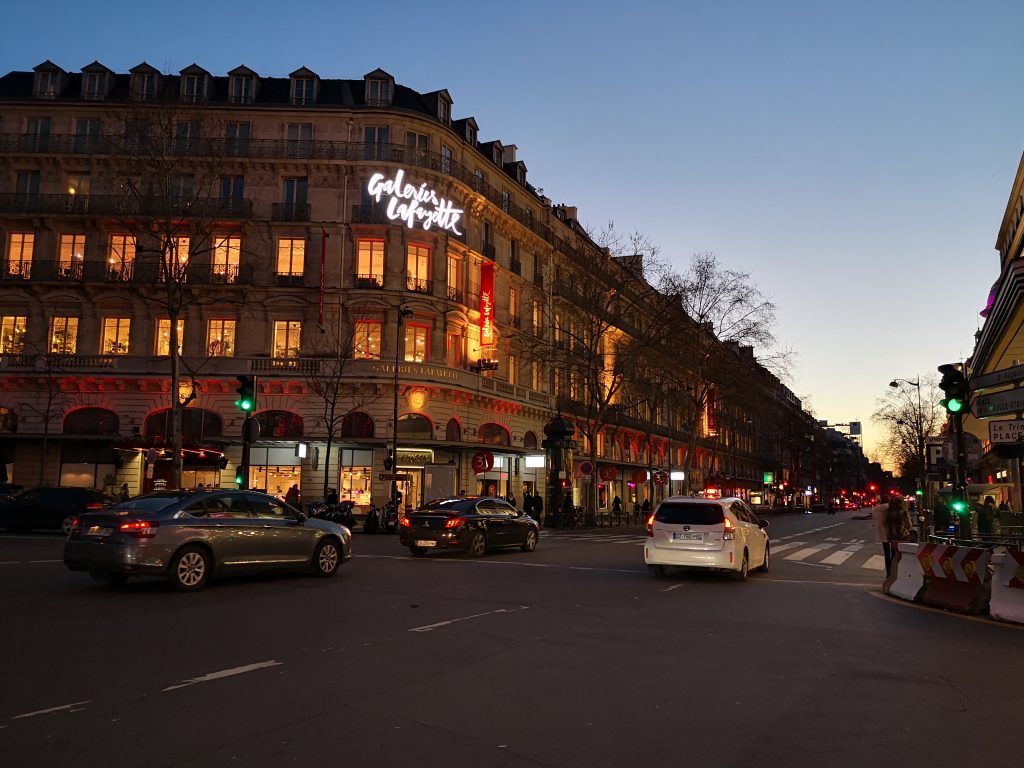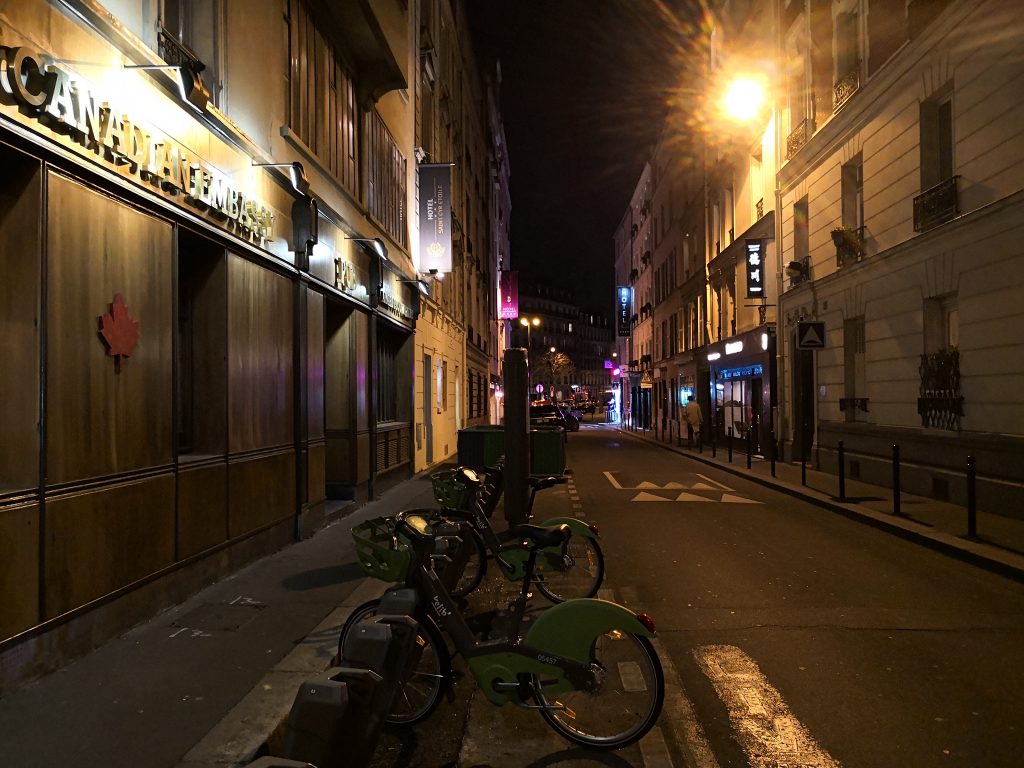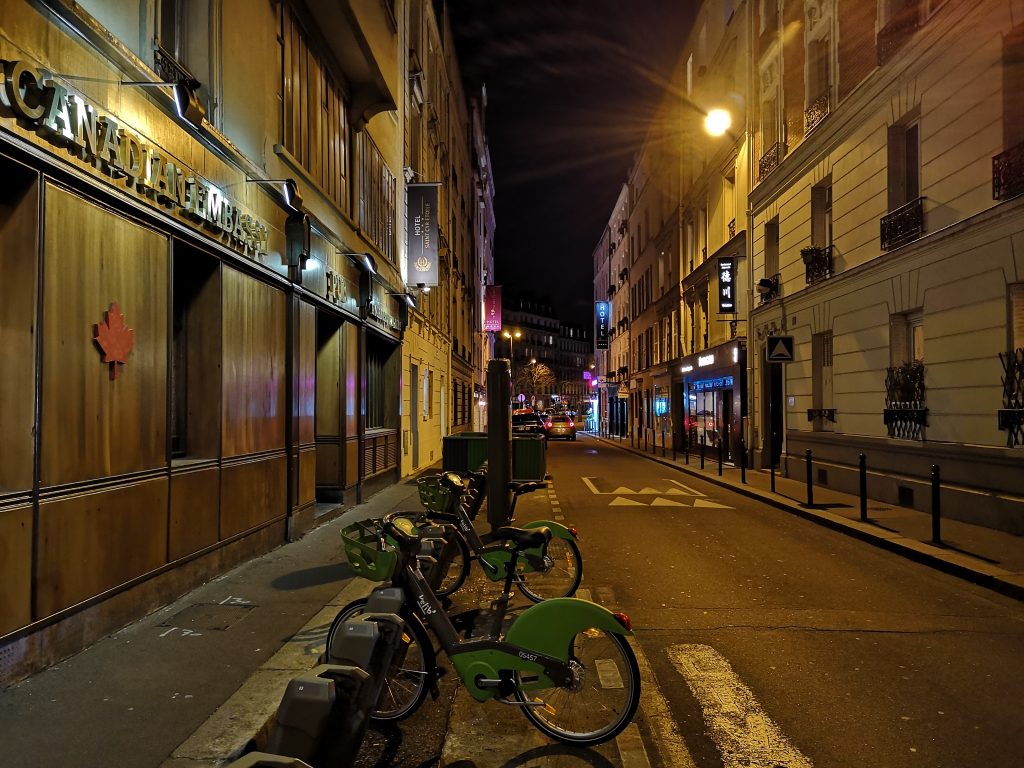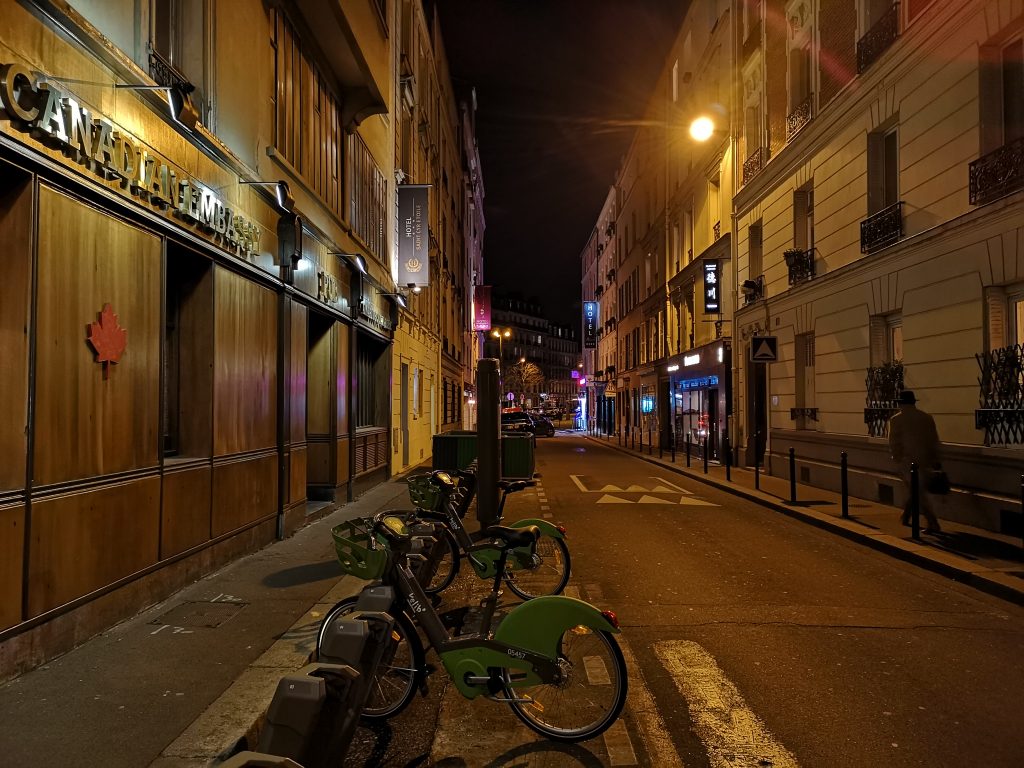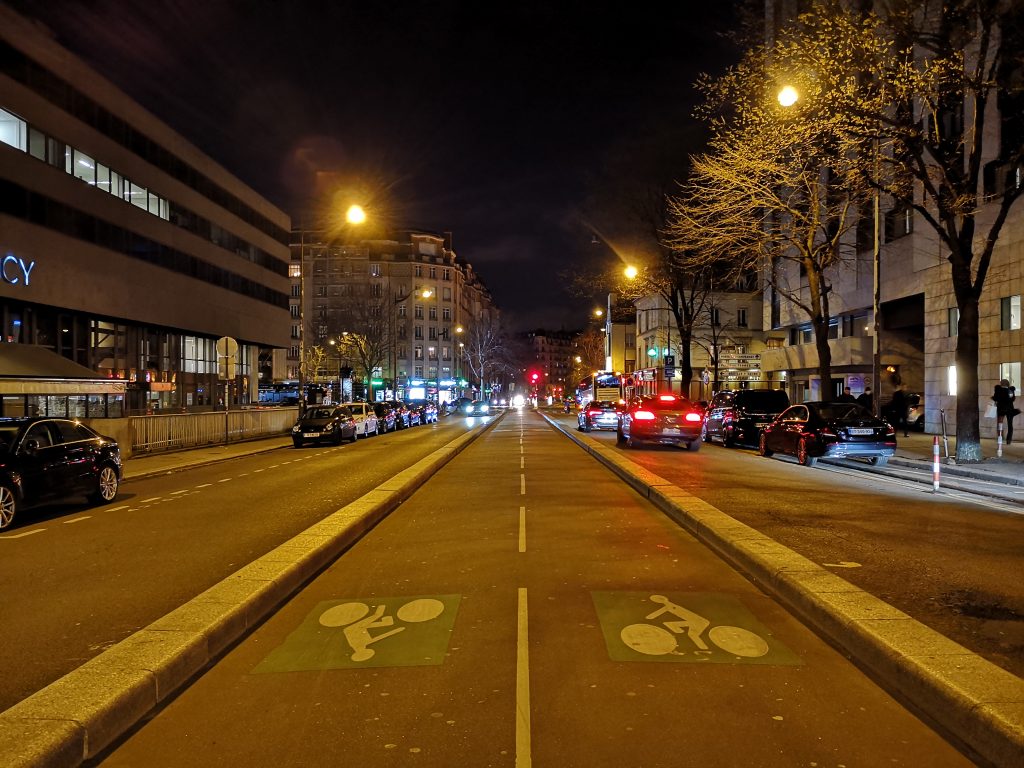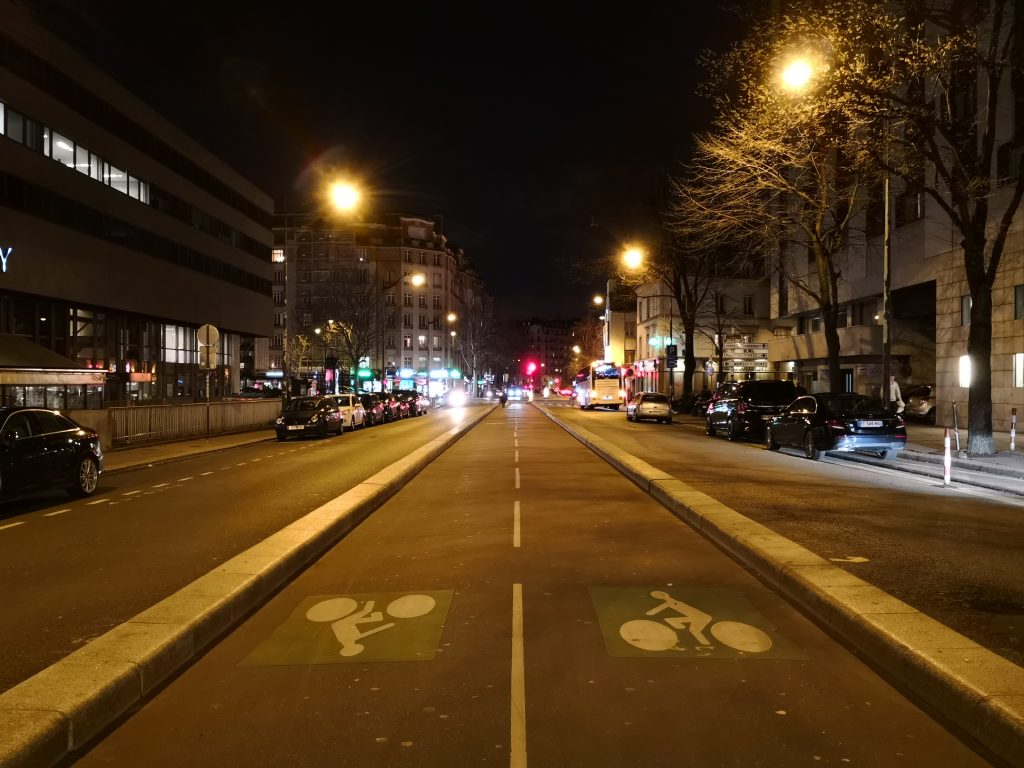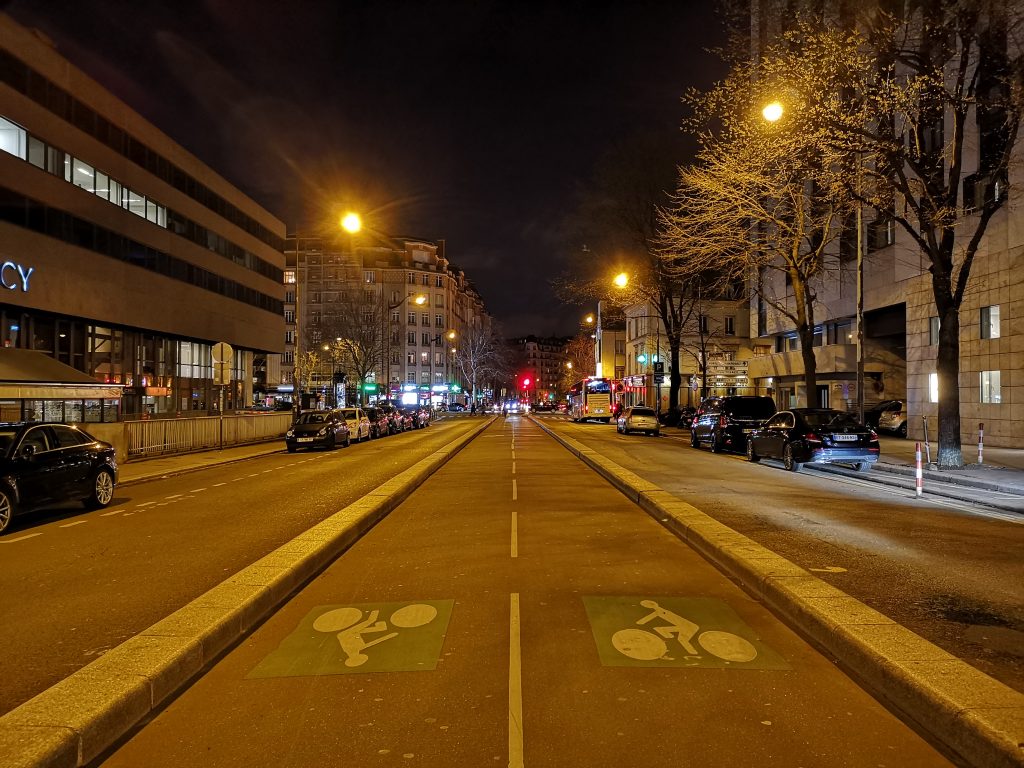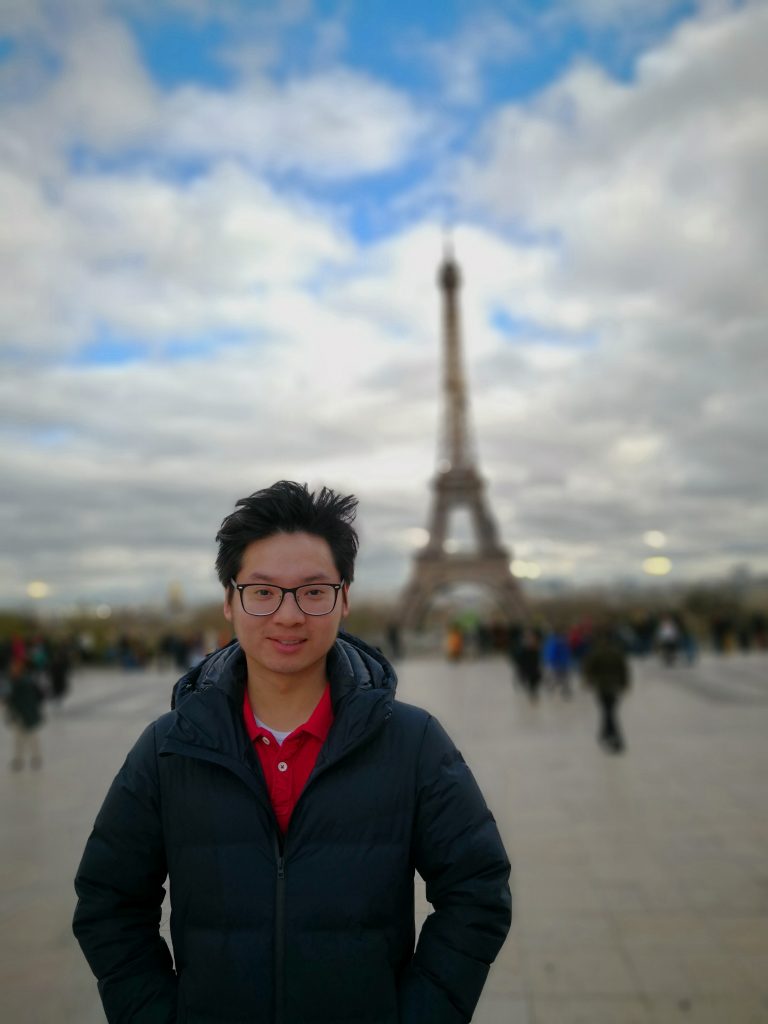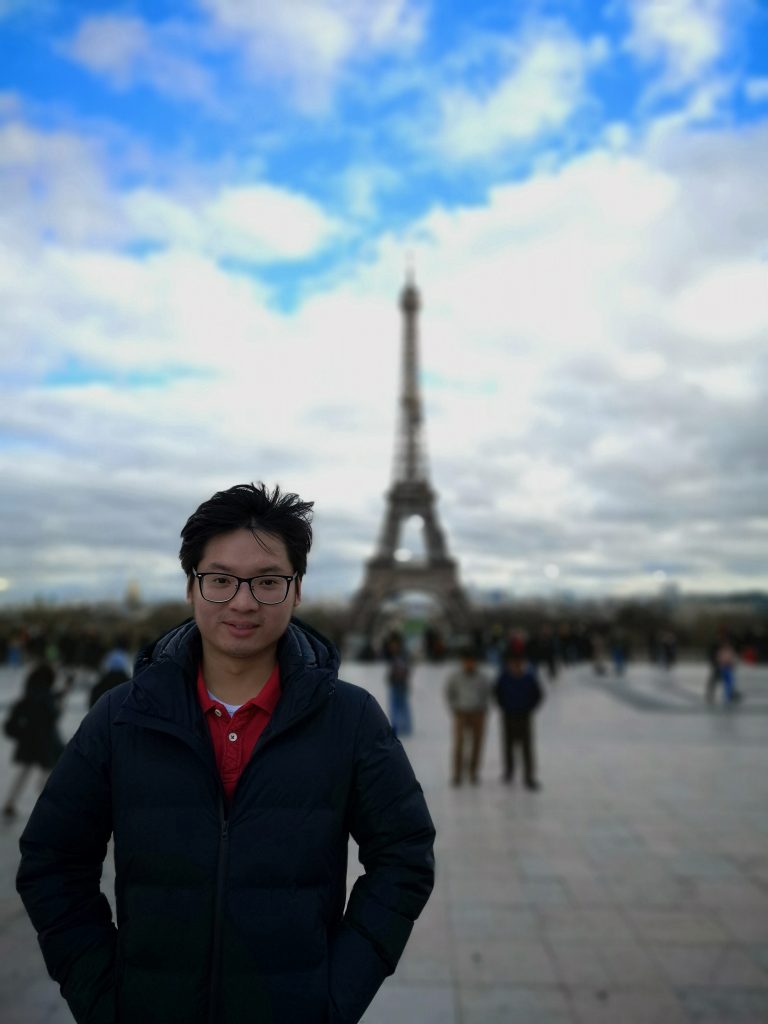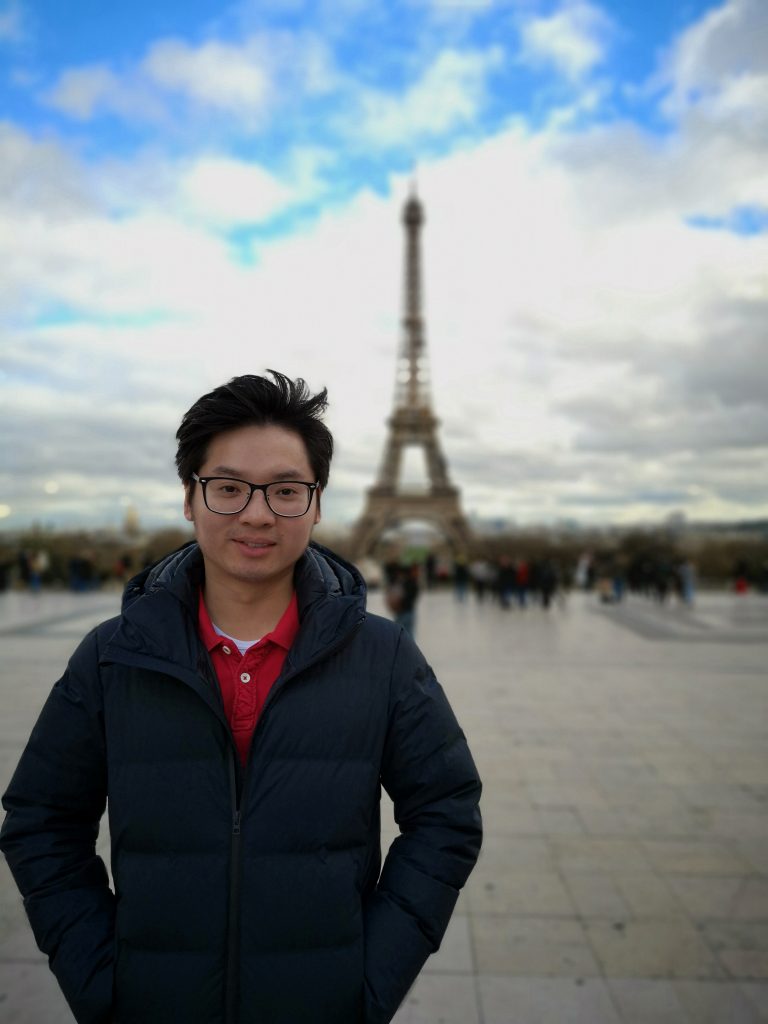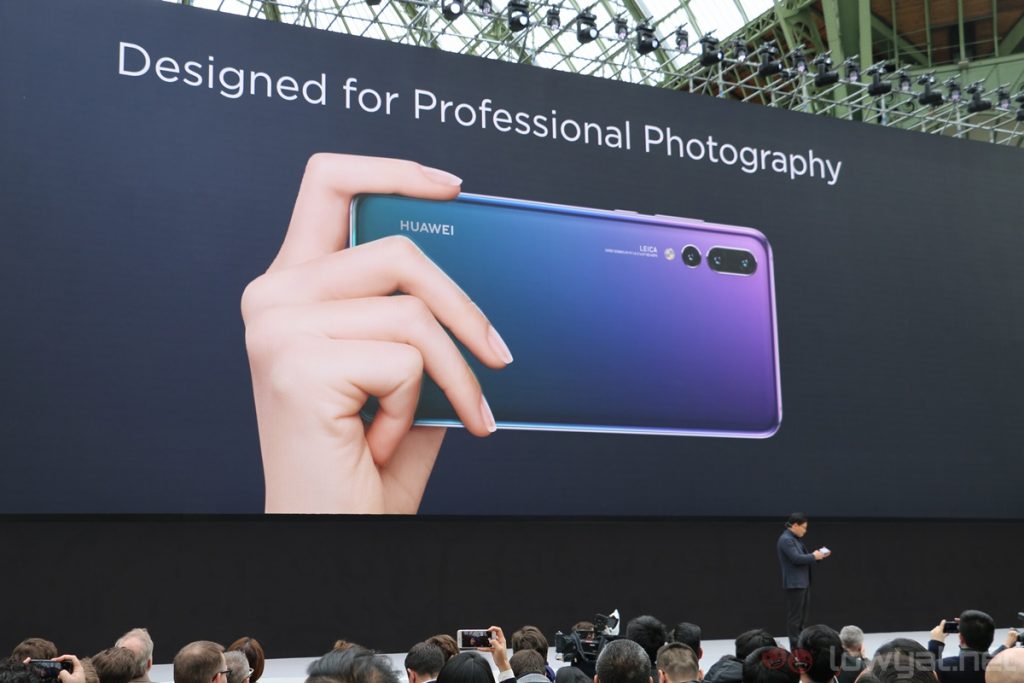The Huawei P20 phones promise to be some of the best smartphones for photography, and we were curious to see just how true this is. So we took the P20, P20 Pro, and the Mate 10 Pro – it has one of the best smartphones cameras we reviewed last year – around Paris after the launch event to see how capable they are.
Well, it’s still too early to say, but we’re very, very impressed with the P20 phones – especially the P20 Pro. Without further ado, let’s get to the results.
Daytime
It’s not immediately noticeable, but the P20 Pro took the best shot here. Although the P20’s shot is brighter, the sky is overblown. The Pro also managed to capture more details than the other two devices.
The same applies to these shots. Not only is the Louvre Pyramid more detailed in the P20 Pro’s shot, the white balance is more true to life too. It also got the exposure just right.
We’re seeing a pattern here: the P20 Pro managed to consistently take the most detailed shot so far. It has the most flattering white balance, and it can capture even the most minute details of the Eiffel Tower. In comparison, the trees in the Mate 10 Pro’s shot are like…smudges.
Don’t be fooled by the Mate 10 Pro’s brighter shot – it’s not as detailed as the P20 or P20 Pro’s images. Even though the latter two shots don’t look quite as bright, they captured the most details, with the Pro having a slight edge.
Most smartphone cameras perform fine in daytime, and the real test only starts when shooting in low light conditions. The P20 Pro has been noticeably dominant so far, so let’s see how it performs in less than ideal lighting.
Low Light
Again, the Mate 10 Pro’s shot pales in comparison to the P20 and P20 Pro. Compared to the P20 phones, it has a tough time balancing the exposure – especially when there is a mix of bright and dark spots.
The P20 and P20 Pro images look almost identical, but the Pro is able to capture slightly more detail, especially in the walls.
At a glance, the P20’s image looks to be the most impressive one, but it is slightly overexposed on the right side – possibly a side effect of properly exposing the statue on the right. The P20 Pro shot balances the exposure very well, and is the most true to life among the three.
It’s evident that this shootout is really a competition between the P20 and P20 Pro; the Mate 10 Pro’s shot isn’t on the same level of refinement. As to which phone took the best shot, it’s a toss-up between the two P20 phones, but at this point I did notice a pattern where the P20 has a slight warm tinge in each of its shots.
In this set of images, the P20 Pro captured slightly more details than the P20. Also note how “controlled” the lens flare from the lamp post is on the P20 and P20 Pro’s shot. In contrast, it’s quite overblown on the Mate 10 Pro.
This is the perfect example of the P20 Pro’s excellent detail preservation – just look at the road’s texture. It’s completely smoothened out on the Mate 10 Pro’s shot, and while the P20 can capture more details than the Mate 10, the P20 Pro’s detail preservation is simply superior. Even the tree branches and buildings are more detailed.
Portrait
Although the P20 Pro’s shot doesn’t look as bright as the other two shots, it’s the most natural-looking one. The white balance is just right, colours are not as saturated, and the sky isn’t as overblown as the P20’s image.
Final Words
We’ll still need to take more shots with the Huawei P20 Pro before we can give a definitive review of its camera, but based on the images here, it goes without saying it is an excellent performer. Even the P20 – which doesn’t have the Pro’s Leica triple-camera system – can capture really, really good-looking shots.
The best part is, we haven’t even explored the P20 Pro’s Night Mode, which allows for long exposure mode…while held in the hands. We’ll put the P20 Pro through its paces in our extensive review – expect it to be up by the end of the week.
Follow us on Instagram, Facebook, Twitter or Telegram for more updates and breaking news.


